Principle
In this investigation, a uniformly green raw extract of fresh leaves is first separated into different fractions by means of column chromatography. To do so, the extract is added to a column filled with starch and drawn through the column under slightly reduced pressure (to increase the flow rate of the mobile phase) with ligroin as the eluent. A separation occurs in a clearly recognisable, broad, yellow area and in a narrow, green band. This means that the xanthophylls (yellow) are separated from the chlorophylls (green). If the vacuum is reduced during the separation, the separation is much better, but then separation also takes considerably longer. Each of the separation fractions can be collected individually and characterised by recording their absorption spectra, if necessary, or examined for fluorescence by radiation with UV light.
Benefits
- Optimised for demonstration experiments: Transformation from horizontal into vertical direction
- Practical water jet pump for easy generation of the required negative pressure
- Didactic introduction to a basic separation process
Tasks
Investigate different leaf pigments using column chromatography.
Learning objectives
- Chlorophyll
- Column chromatography
- Leaf pigments
- Xanthophyll

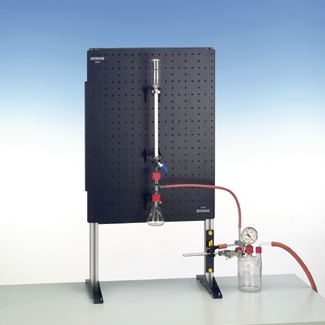
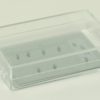

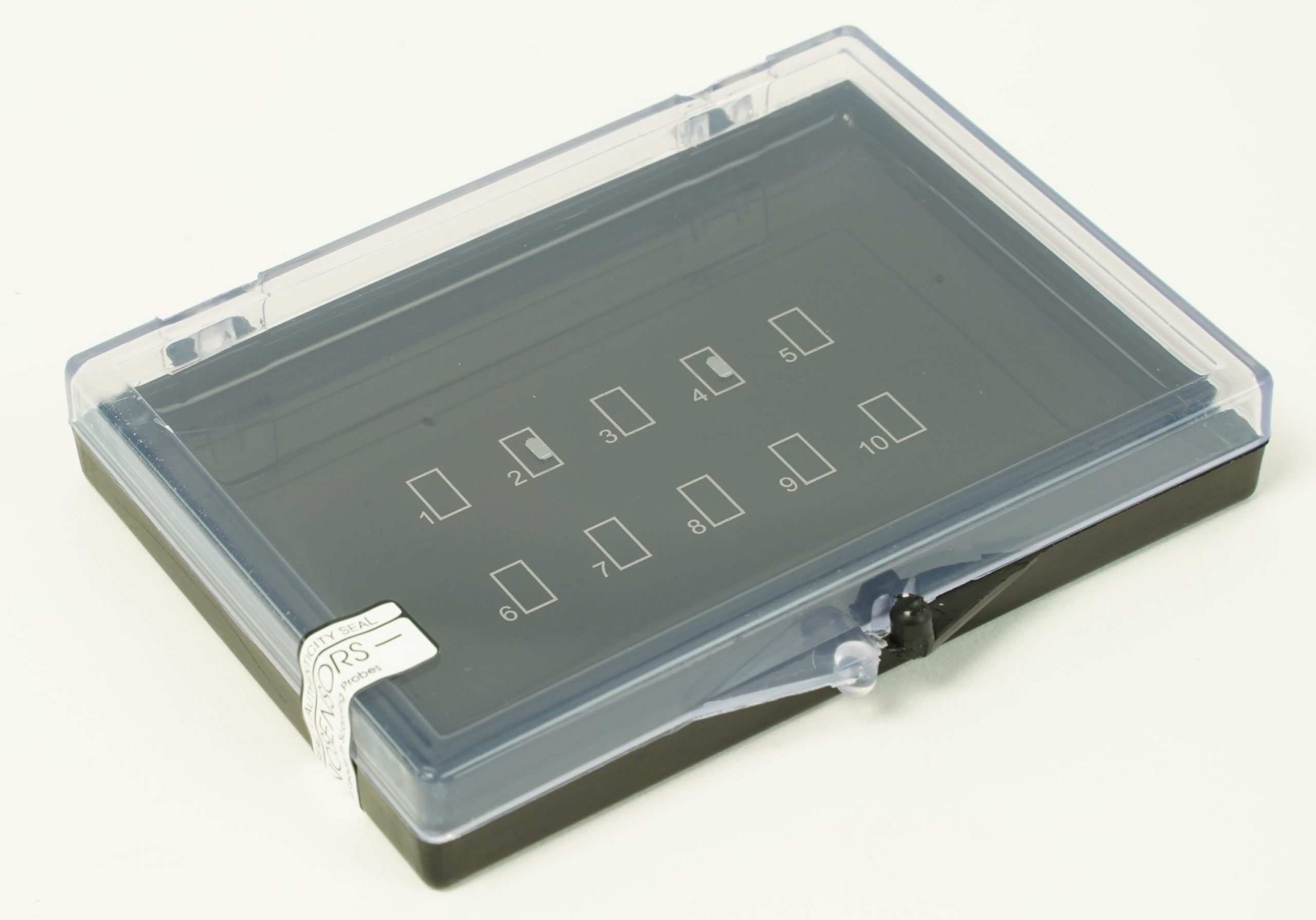
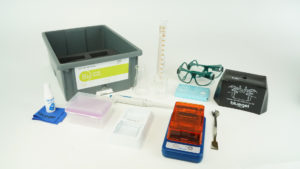
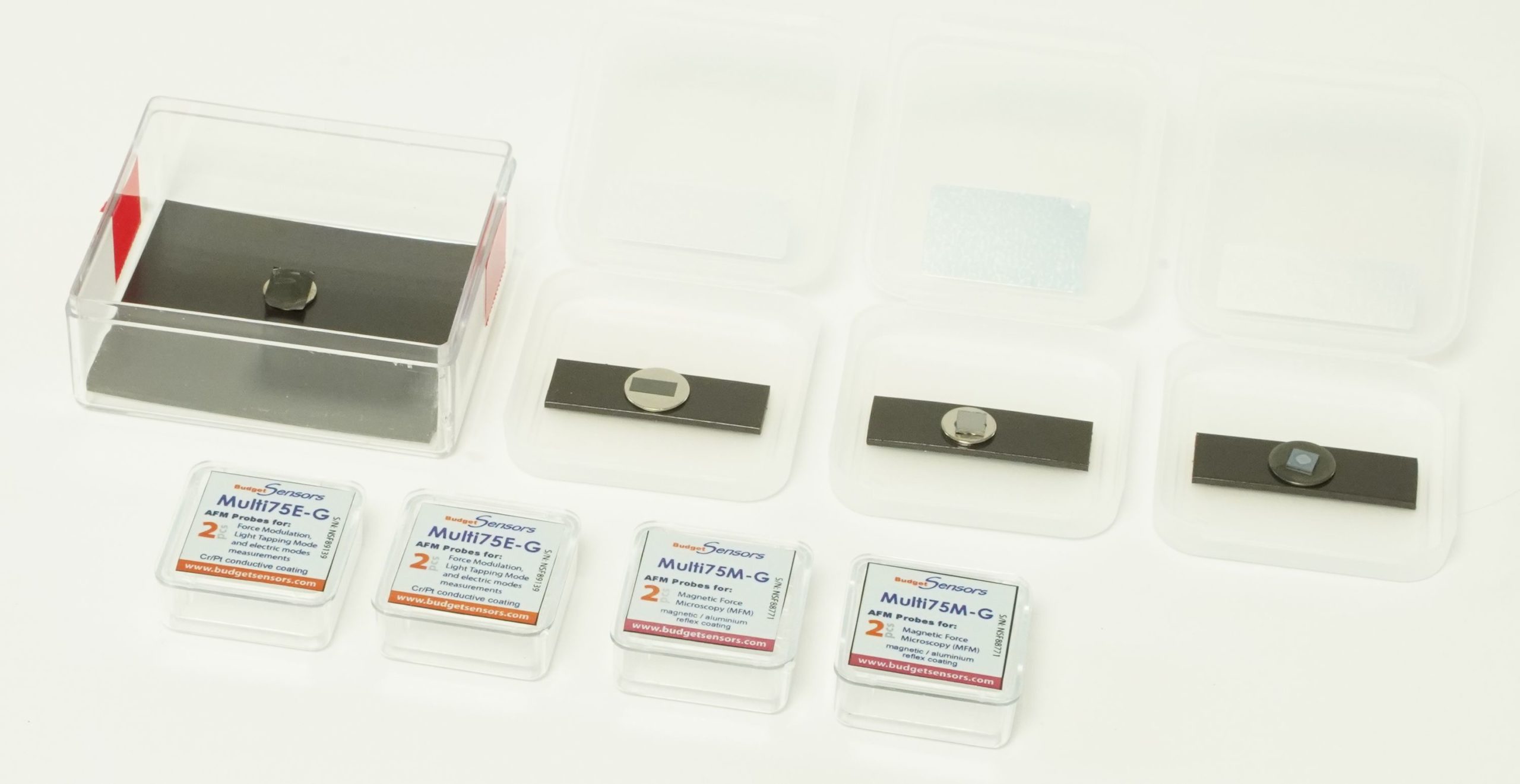
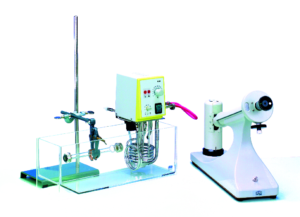
Reviews
There are no reviews yet.